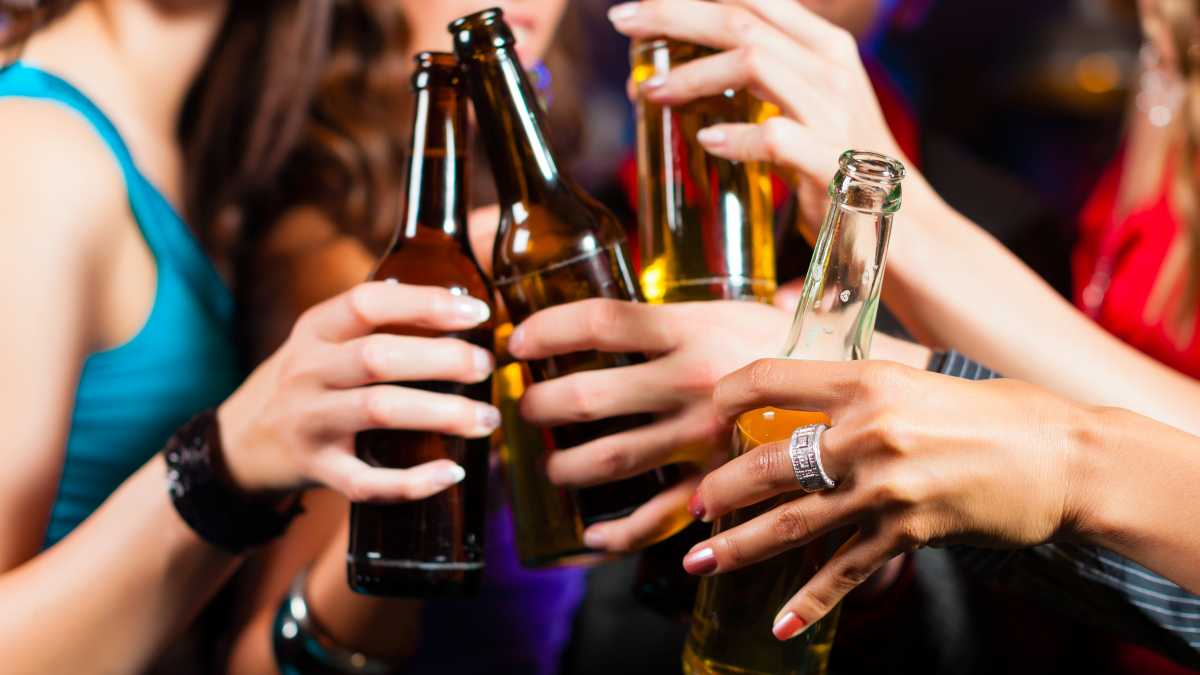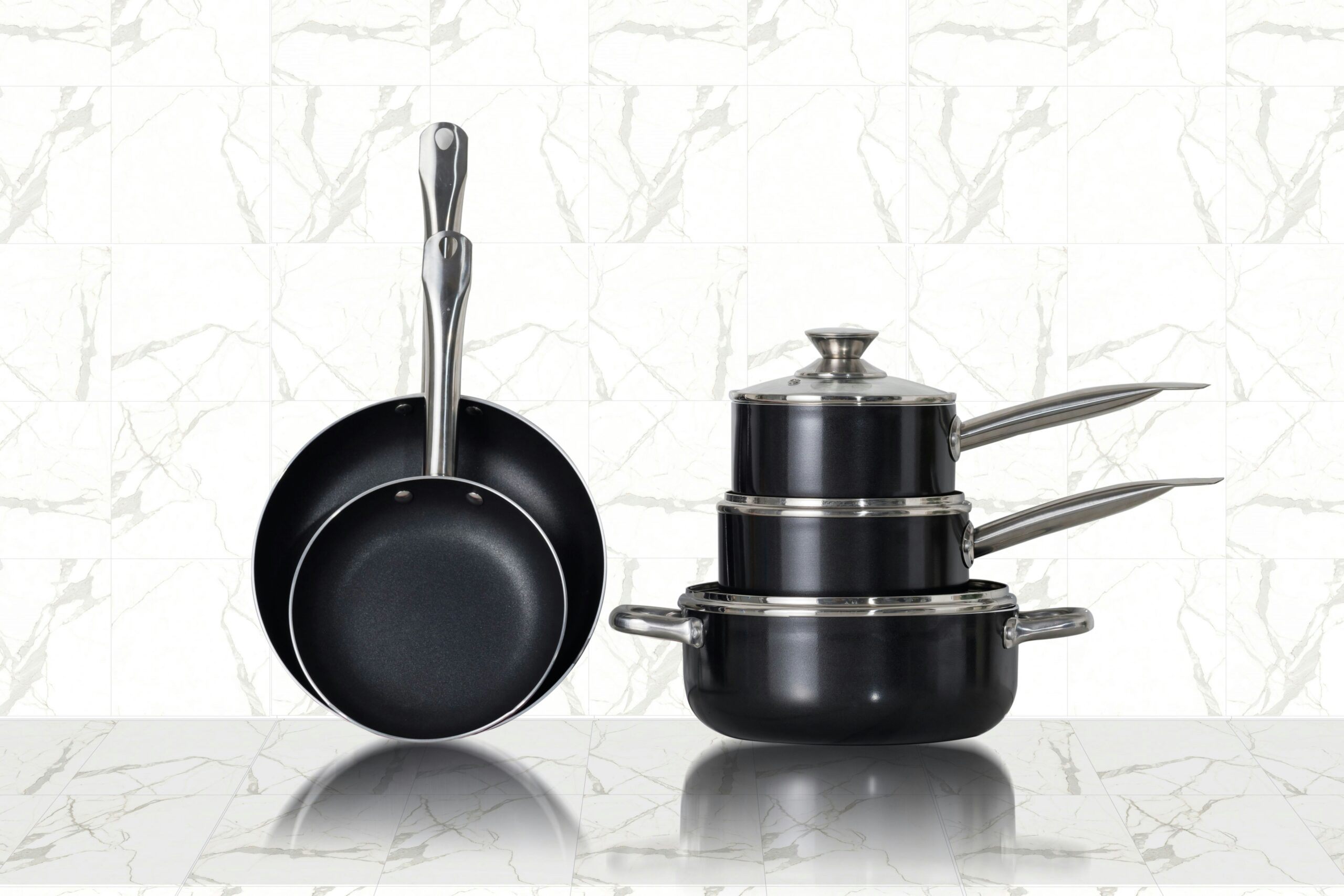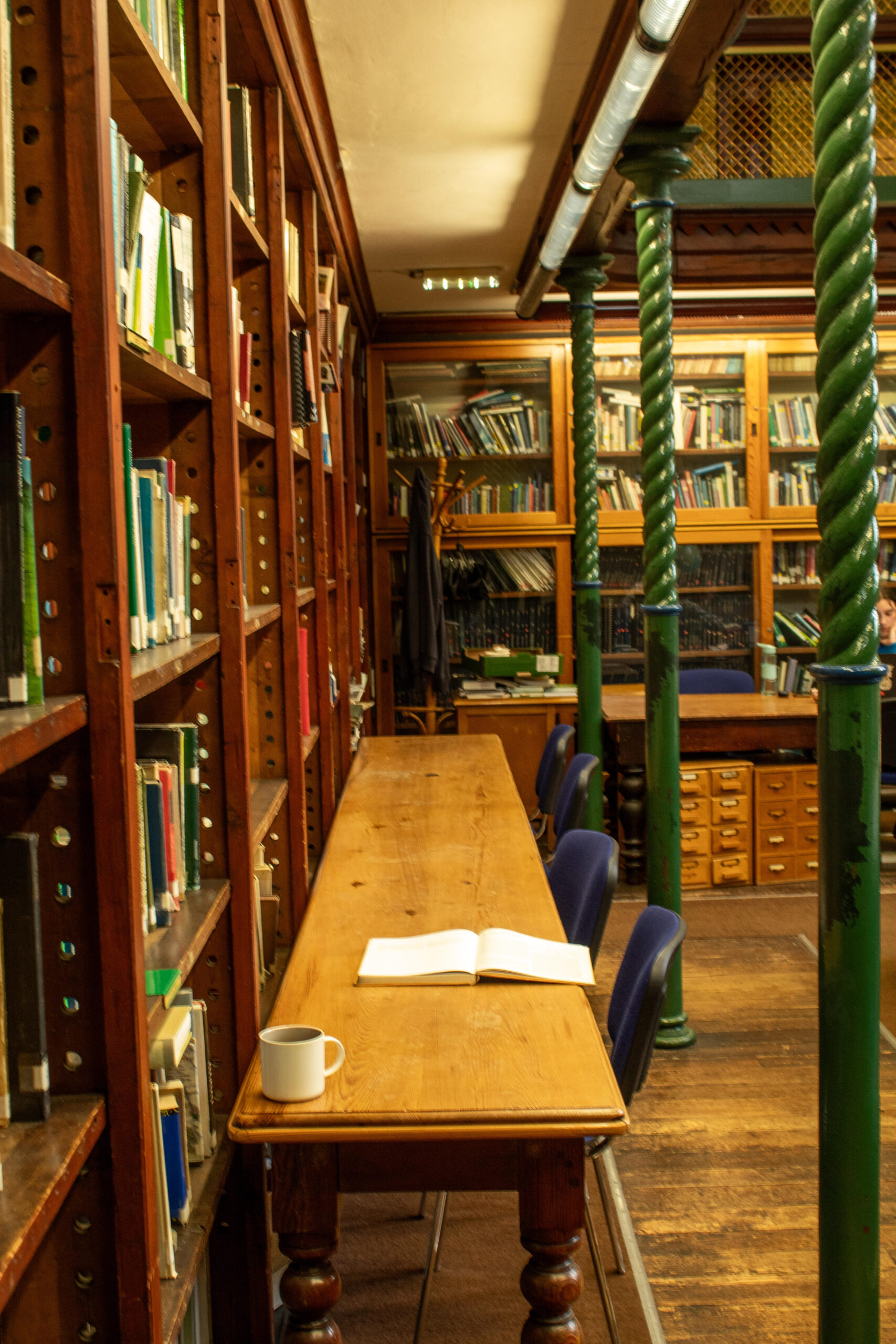You are in a bar above the bustling city. Surrounded by glass, you gaze at the twinkling lights below. You are smartly dressed in a crisp blouse and a pencil skirt, while diamond earrings dangle gracefully from your ears. A cocktail glass feels cool in your delicate hand and you know you have made it. In a world still dominated by a male hierarchy, you, a woman, have carved out your path to success.
Throughout the past few weeks, while conversing with some of those who are at the forefront of campaigns to raise awareness of the specific harms that alcohol can cause to women, this was the typical image of alcohol that the advocates alluded to and which they argue has glamorised and idealised alcohol for young women today. Gone are the days when women’s subjugated position in society meant that the idea of a “lady” being drunk was shameful and derogating; for our generation, alcohol use in women has become a symbol of defiance and strength. And why shouldn’t we enjoy life’s most common and pleasurous drug as heartily as the men around us?
But what if even “normal” consumption were deemed harmful to the extent of being fatal?
Of course we know that alcoholism or regular binge drinking would do our health no favours, whether we are female or male. But what if even “normal” consumption were deemed harmful to the extent of being fatal? What if the image that has been sold to us since the incarnation of Babycham and Sex and the City was causing us ill-health?
My interest in this question was sparked last month upon hearing John McCormack, CEO of the Irish Cancer Society, speak at the publication of a book of cancer survivors’ reflections. McCormack warned that, in the interest of safeguarding against the disease, women should restrict alcohol consumption to “special occasions”. I crossed a sceptical glance at my friend, but uncomfortably began fidgeting with the empty glass of wine in front of me. Having watched my mother, a teetotaller all her life, suffer from cancer, could I really take heed of such an unsavoury warning?
The links between cancer and alcohol consumption are certain, and even more so for women. Speaking at a conference titled “Girls, Women and Alcohol” in Dublin last April, Dr Triona McCarthy, a Consultant in Public Health Medicine points out that “there is no safe minimum” when it comes to consumption. Latest research has shown that drinking just one standard drink a day leads to a 9 per cent increase in the risk of developing breast cancer and this rate rises to 41 per cent if an average of three to six small drinks are consumed daily. Other cancers that have been proven to have their roots in alcohol use include oesophageal, bowel, mouth, head, neck and liver.
“Consumption of any amount of alcohol increases your cancer risk, the more alcohol you drink, the higher the risk of developing cancer.”
While we may feel that we are within the safe limits, McCormack states that “6 out of 10 Irish women are now regularly drinking more than the recommended amount”. He points to a European Code that supports his plea for women to drastically cut-back on their drinking levels: “Consumption of any amount of alcohol increases your cancer risk, the more alcohol you drink, the higher the risk of developing cancer. Reducing your consumption or – even better – avoiding alcohol completely will help reduce your cancer risk”.
Unfortunately, it seems that cancer is not the only malaise prompted by our love of booze. In a recently released video, Doctor Stephen Stewart of the Royal College of Physicians of Ireland (RCPI) gives an eerily straightforward synopsis of the recent trends he has seen in his position as a liver specialist at the Mater Hospital. “It used to be mainly men in their sixties, but now we’re managing more and more young men, and concerningly, also young women, in their 30s and 40s, presenting with end-stage liver disease and often dying in hospital.”
The image of a thirty-year-old non-alcoholic dying from liver disease is deeply unsettling. Added to this is the fact that symptoms often develop unnoticed, leading to it being dubbed the “silent killer”. In 2013, the RCPI published a report outlining the harm of alcohol use and noted that Alcoholic Liver Disease increased by a massive 247 per cent for 15 to 34 year olds between 1995 and 2007. This is a colossal increase in a very brief window of time. How can society be condoning a level of alcohol consumption that leads to this tragedy?
Indeed, this is what Conor Cullen of Alcohol Action Ireland argued when I spoke with him by phone. It is society’s “normalisation” of alcohol use that allows intake to increase, especially in relation to binge drinking, which has become such a common way to enjoy alcohol for students. “We’ve normalised drinking to get drunk, we’ve normalised the harm that comes with drinking. If they died from other ways…there’d be a national outcry”.
Ann Dowsett Johnston, a Canadian author and alcohol policy advocate who was herself a closet alcoholic, mirrors this viewpoint stating at April’s conference, “We live in an alcogenic culture”. In her opinion, it is women’s drinking, and not men’s, that is the issue of today. She claims that while male drinking has flat-lined, women’s drinking has “gone through the roof”, with Irish women today drinking twice what they did fifty years ago. She claims that in today’s high-pressured world, alcohol has become “the modern woman’s steroid”, a way to “self-medicate” for anxiety, depression and stress. She takes issue with the centrality of alcohol in so many social occasions and asks why is it that the standard first question asked when we arrive at a gathering is “red or white?”
Why should a habit that is now understood to be hugely harmful be part of our idea of empowerment and success?
Perhaps it is time to re-establish the balance of power between women and wine. Why should a habit that is now understood to be hugely harmful be part of our idea of empowerment and success? Cullen claims that the problem lies in the marketing of alcohol products. He argues that women need to inform themselves, knowing the dangers in order to assert power over alcoholic beverage companies and allow real empowerment to take place. He claims that the current image of alcohol as a way for women to destress and relax is utterly misleading given that, in reality, alcohol is a depressant and a contributor to stress.
So, is it the fault of the alcoholic beverage companies? Have they deceived women, luring us in with bright lights and glamour before stabbing us in the liver, breast or wherever else our bodies bear the brunt of their bedevilled concoction? Calls for the curtailment of their advertising powers have long been heard from doctors and health advocates who have refuted the industry’s focus on education and have been pushing instead for legislation. The Public Health Alcohol Bill, which the government hopes to push through by the middle of next year, seems to heed this advice and establishes a minimum price of one euro per unit of alcohol, as well as restricting where advertising can occur and reducing it to being strictly informative.
If we do change the common societal conception of alcohol, remove the refrain of “wine o’clock” and erase the positive imagery surrounding the sipping of a cosmopolitan or a skinny mojito with our girlfriends, will we change our drinking? Will we stop? From the growing evidence of experts, both in the lab and on the hospital wards, it seems the wisest course of action. Should we liberate ourselves from alcohol in order to achieve true liberation?
Maybe the real question is whether or not we want to.







